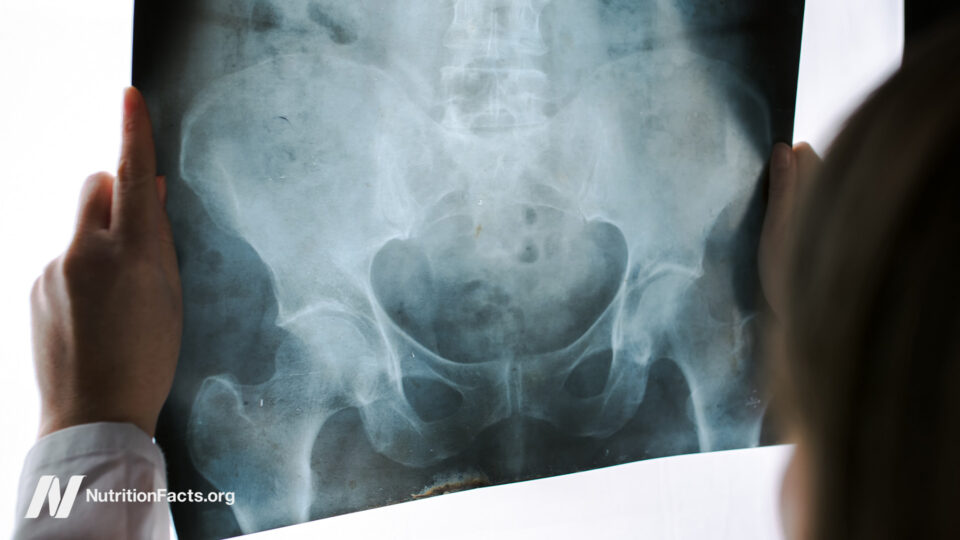The Hidden Struggle: Why Your UTI Symptoms Might Actually Be a Silent Pelvic Floor Crisis
Ever had that moment when the night was pure magic, then the next morning your body throws you a curveball that feels like someone lit a match right where the sun don’t shine? Yep, that happened to me. The burning during urination had me thinking “Great, a UTI,” and the vaginal sting screamed “Yeast infection,” but nope — those usual suspects turned out to be red herrings. What began as a seemingly straightforward irritation morphed into a months-long quest, full of confusing tests, misdiagnoses, and a whole lot of pain that made simple things like sitting or walking a nightmare. The twist? It wasn’t an infection — it was a tight pelvic floor. Sounds obscure, right? But here’s the kicker: this sneaky condition is way more common and misunderstood than you might think, often masquerading as other issues. Buckle up, because I’m sharing my rollercoaster journey through the medical maze, what I learned about pelvic floor dysfunction, and why speaking up could be your game-changer. LEARN MORE

The night with my partner had been amazing, and I went to sleep happy. However, I woke up the next morning to an awful burning sensation in my pelvic area. The pain while urinating felt like a UTI. The vaginal burning throughout the day felt like a yeast infection. And though I didn’t know it at the time, this would be the start of a months-long medical mystery that would ultimately lead me to an unexpected diagnosis: a tight pelvic floor.
Doctors couldn’t pinpoint a cause
I knew something was wrong, but an urgent care doctor told me that urine test samples I had provided came back inconclusive with a label of “unidentified bacteria.” The physicians there asked me multiple times if I was sure I didn’t have an STD (spoiler alert: I didn’t).
Urgent care sent me home with a round of antibiotics for 10 days just to be on the safe side, and a prescription for Fluconazole to combat the fungal infections that antibiotics can cause. I thought that whatever was circulating through my body would clear up after treatment.
But a week and a half went by with zero relief. In fact, the burning only worsened. It felt like someone kept holding a lit match to the opening of my vulva. Walking hurt. Sitting hurt worse. The only relief came from lying on my stomach. And forget about intimacy, just the thought of it made me cringe.
The pain was so bad I could hardly stand
Before I could see my gynecologist, I saw my primary care physician. She, too, told me that test results came back negative, but gave me more Fluconazole to try to relieve my symptoms. The burning persisted. I could barely stand up for 30 minutes without wanting to keel over.
By this point, I was terrified to see my gynecologist. I knew she was going to use a speculum during my pelvic exam, and I nearly jumped off the examination table from the discomfort. Yet again, the test results came back negative.
“Have you tried yoga or meditation?” she asked. The last thing I could do was exercise—I could barely walk.
As the months progressed without any relief, I realized my lower back and tailbone had started to hurt as well. It wasn’t long before my tailbone began causing more stress and pain than my pelvic area. Desperate for help, I saw a chiropractor. He focused on my lower back and adjusted the area around the pelvic bone and hips. For a brief moment, the daggers shooting through my lower back stopped.
But the burning sensation in my lower region became relentless.
I finally discovered I have a tight pelvic floor
After researching chronic pain conditions, I stumbled upon information about vulva disorders and consulted with Andrew Goldstein, MD, a specialist in gynecology, and his associate, Charlotte Mueller, NP, at the Centers for Vulvovaginal Disorders. The diagnosis? Pelvic floor dysfunction—in short, extremely tight pelvic floor muscles, also known as hypertonic pelvic floor.
“Tight pelvic floor dysfunction is the most common condition that we encounter in our practice,” Mueller explains. “It can develop due to numerous different reasons, such as stress, excessive core exercises, low back pain, hip pain or even from holding urine throughout the day. It also develops in response to any type of chronic genital or pelvic pain because clenching is our natural guarding mechanism.”
And it turns out there’s a link between my vulvar pain and tailbone pain, since many of the pelvic floor muscles are attached to the coccyx (tailbone). “If the coccyx is injured or has an abnormal alignment, the attached pelvic floor muscles may go into spasm and cause burning pain. Also, tight pelvic floor muscles can pull on the coccyx and cause [back pain].”
Tight pelvic floor muscles are often misdiagnosed
Tight pelvic floor muscles may cause a burning sensation, urinary frequency and urgency or painful sex, which are all symptoms that which are all symptoms that can occur from infections as well, such as urinary tract infections (UTIs) and yeast infections.
“It’s not easy to self-diagnose, and we recommend seeing your doctor first to test for infection before starting treatment,” Mueller says. “A very interesting study showed that women buying over-the-counter yeast medication were wrong about their diagnosis 51 percent of the time. If you are experiencing symptoms such as constipation, urinary issues, low back pain, hip pain, tailbone pain or lower abdominal pain, then it’s unlikely to be just a yeast infection.”
Mueller adds that, unfortunately, “an estimated 40 to 49 percent of women do not seek care for their chronic vulvar pain. And some research estimates that about 10 percent of women have a hypertonic pelvic floor at some point, but that figure may be higher since the condition is under-diagnosed.”
How I started treating my tight pelvic floor
I tried the conservative measures to start, specifically a compounded muscle relaxant suppository. First was valium, followed by baclofen rectal suppositories to relax my tight pelvic floor muscles and then weekly pelvic floor physical therapy. At first, the pain was so bad that the physical therapist couldn’t conduct any internal massages. We spent the next few weeks working on how the neck, spine and tailbone are all interconnected with the pelvic muscles.
We worked on activating my core muscles through exercises and addressed how I was sitting in my office chair while working from home to help relax my pelvic floor. Everything from your neck muscles to mouth breathing contributes to pelvic floor discomfort, so my physical therapist massaged the base of my neck and dry-needled around my tailbone.
I also saw a spinal pain management doctor for my tailbone, even as I continued seeing a chiropractor. I underwent two procedures: one round of six cortisone injections that didn’t make a difference, followed by an epidural shot that left me nearly motionless—I couldn’t sit up straight for two days.
Using Botox for tight pelvic floor muscles
Since I was still dealing with pelvic pain, Dr. Goldstein and Mueller suggested a progressive method: Botox in the pelvic floor. So far, I’ve had seven shots administered. Depending on your insurance provider and plan, it’s often considered a cosmetic procedure and is not covered. Only there is nothing “cosmetic” about it—and yes, it hurts as much as you’d imagine. But what wouldn’t I do to feel better?
Botox decreased the pain from a level ten to seven. However, I’m still uncomfortable. I’ve since added a different spinal pain management doctor who specializes in how the tailbone affects the pelvic floor and vice versa, following the guidance of Dr. Goldstein and Mueller.
“If your doctor has ruled out other causes of your extreme burning, such as infections, skin diseases, allergic reactions or atrophy from low hormones, then I would ask for a referral to a pelvic floor physical therapist to get an evaluation,” Mueller says. “Most doctors are not trained to assess the pelvic floor.”
The importance of speaking up
I’m dealing with a chicken-or-egg situation. Which came first, did the pelvic floor affect the tailbone or was it the other way around? One thing I know for certain is that I will never stop advocating for myself.
And Mueller agrees it’s smart to speak up. “If you’re struggling with anxiety and catastrophic thinking about your pain, which is very common for anyone who has been in pain for a long time, it’s a good idea to see a mental health therapist to help you through the healing process,” she notes. “Anxiety causes more [pelvic] clenching, adding fuel to the fire.”



















Post Comment